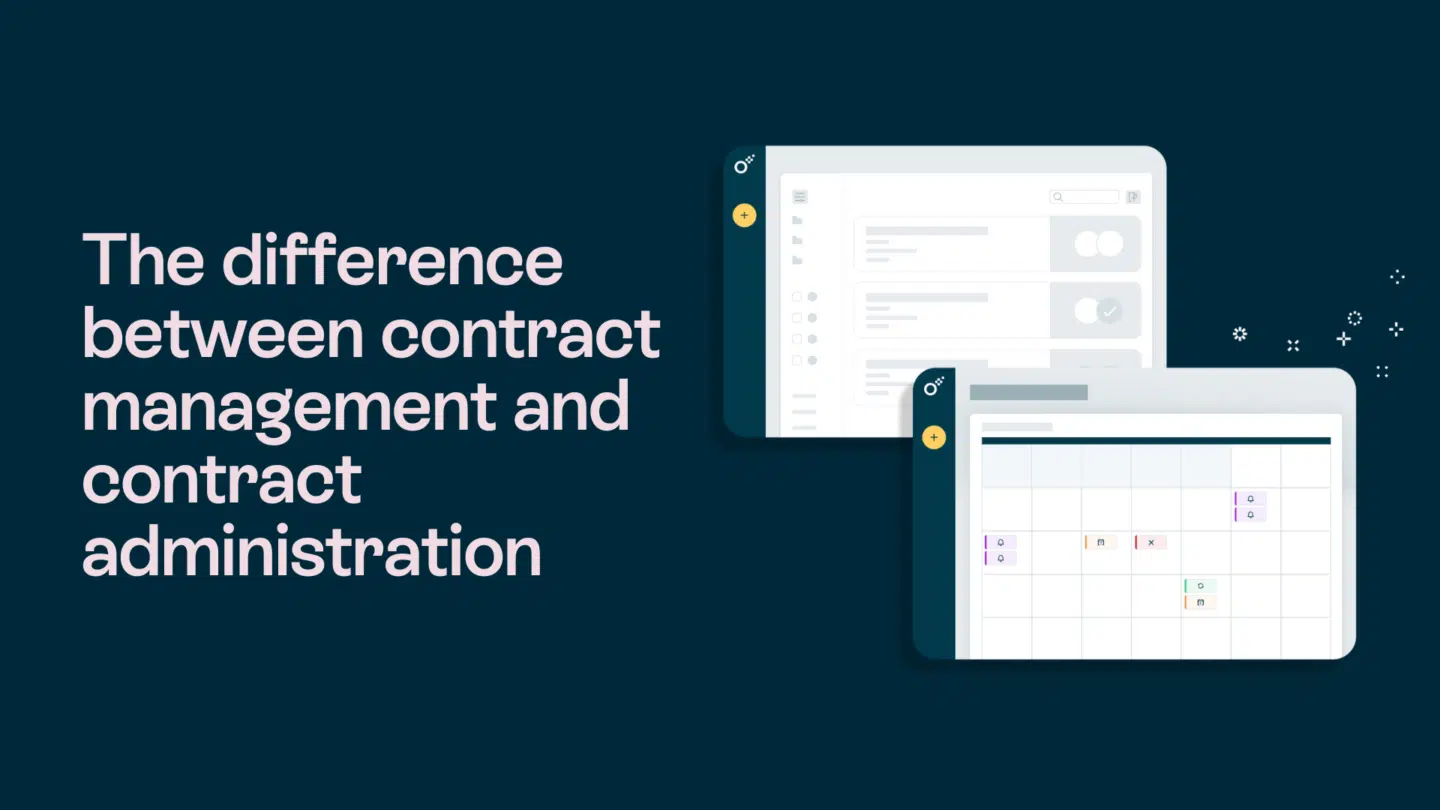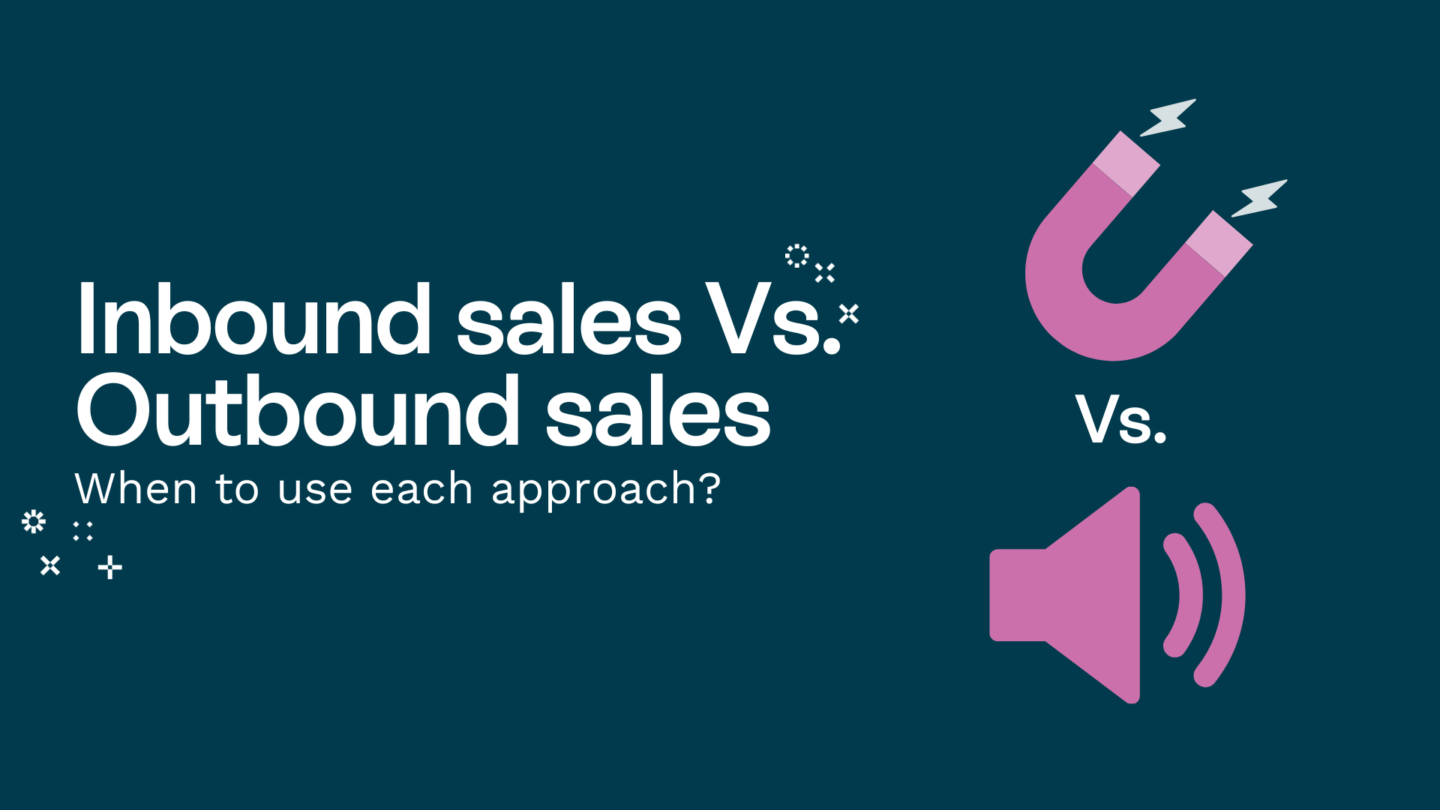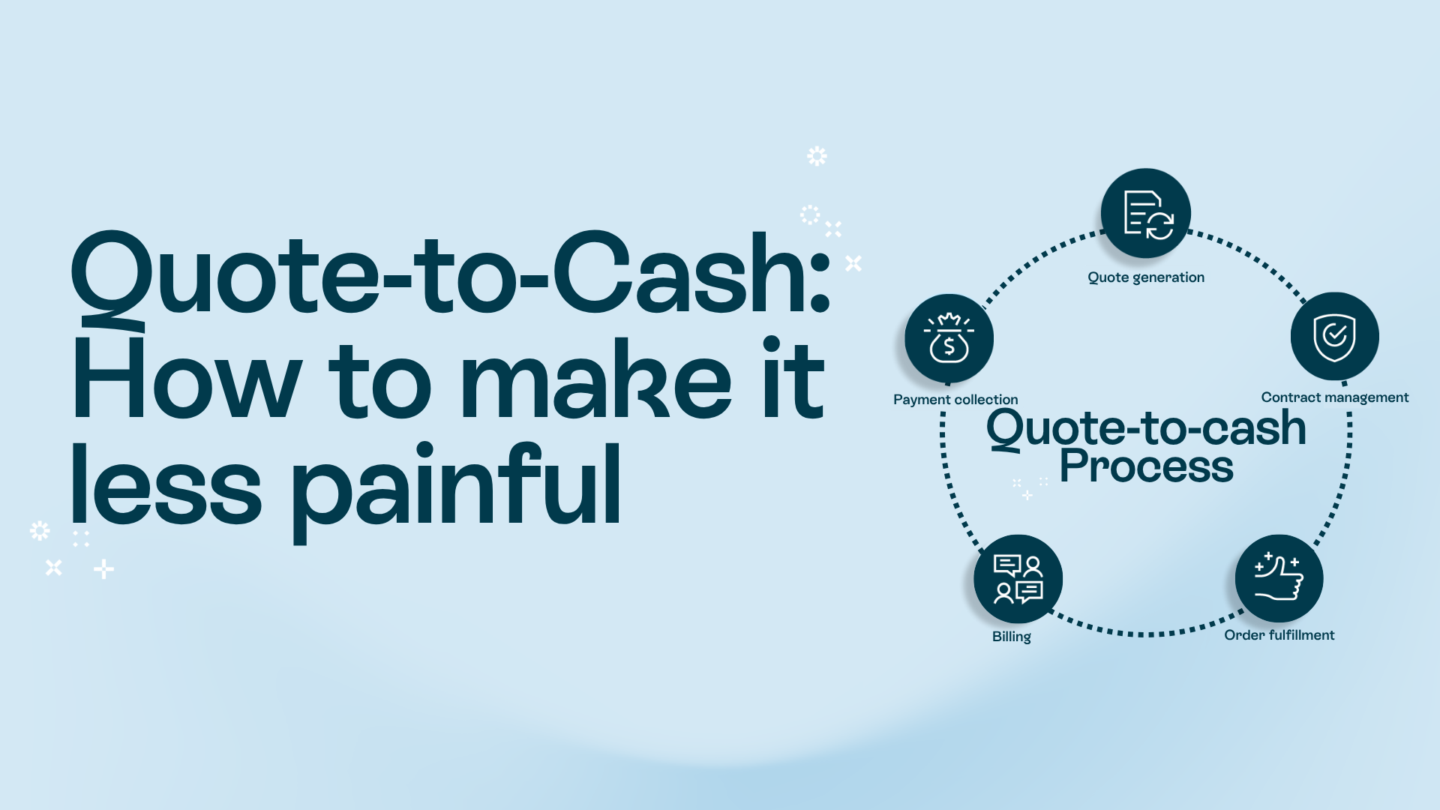Today’s online world has set the rules that regulates how people perceive your brand. It means that what the global audience says about your brand is key. This is where social media listening helps, making sense of what’s being said on platforms like Twitter or Facebook.
What is social media listening?
Social media involves monitoring discussions and mentions of specific keywords or your brand name, followed by a thorough analysis to gauge where your company stands.
It’s not just about checking on comments but seeing the bigger picture of how people feel and talk about your brand or a particular topic. This way, your company can find useful info to know what customers really want, stay updated with market trends, and make smart moves accordingly.
Why is social media listening crucial for your brand?
Incorporating social media listening into your marketing strategy is essential for several reasons:
- Real-time Feedback. You can see what people say about your brand online real-time. This allows you to understand how people feel about your products or services, without missing any vital details. Consider using review software when interacting with customers. This practice enables businesses to promptly address feedback, assess customer sentiment, and make informed improvements, thus enhancing customer satisfaction and loyalty.
- Making Smart Choices. By looking at what people are talking about, you can make better business decisions for your brand. It’s akin to gaining insights from both positive and negative feedback, without a need to conduct customer research or assemble focus groups.
- Know Your Competition: This is not just about you. You can also see what people say about other brands like yours. This way, you can identify what sets you apart or where improvements can be made. For example, if your product is an online document editor and the competition lacks real-time collaboration features, use this insight to enhance your product and distinguish it from the competition.
- Speak Your Customers’ Language: You get to learn the words or emojis people use when talking about your brand. So the next time you set up your bulk email campaign, you can communicate with your audience in a way that aligns with their perception of you.
- Better Customer Experience: By actively listening and responding to audience feedback, you can enhance their experience with your brand. This involves improving your product or service, addressing frequently asked questions, providing solid user onboarding, and many more.
- Spotting Trends: You can spot new trends in what people like and discuss, helping you stay up-to-date and offer what interests them.
Read also: The role of Social Media Marketing for B2B

Social media listening vs social monitoring
Understanding the difference between Social Media Listening and Social Monitoring is your door to better brand management. Here’s a simple breakdown of the two.
Social media listening
Social Media Listening involves tuning in to people’s
- sentiments
- viewpoints
- emotions
Its main goal is to understand what people are saying and gain insights into their attitudes and needs, which helps in evaluating public perception and understanding your brand, products, or industry better.
Social monitoring
Social Monitoring involves keeping an eye on how people engage with your content, such as
- likes
- shares
- comments
- number of followers
Social Monitoring is mainly focused on checking the overall well-being and performance of your social media channels. It ensures that your content strategy is working well and that you’re achieving your objectives.
We added more details in the table below.

How to start with social media listening?
Starting with social media listening isn’t a big mountain to climb if you take it step by step. Here’s a simple guide to get you started:
1. Identify your goals
First, know what you want to achieve:
- improve customer service
- keep an eye on competitors
- understand market trends.
- conduct research for a go-to-market strategy
2. Choose the right tools
Pick tools that fit your needs and budget. Some tools are free, while others may cost. They should help you track and analyze mentions and conversations.
3. Set up your listening
List the keywords, phrases, and brand names you want to track. Don’t forget to include common misspellings of your brand name. The more variants you track, the better your results will be. Feel the lack of ideas? Consider using Generative AI. These tools can come up with a list of potential keywords around your business; your job is to sort them out.
4. Analyze and interpret data
Look at the data you collect. What are the common sentiments? What topics are hot? Use the insights to inform your decisions.
5. Measure your success
Look at how your social listening efforts are impacting your goals. Are you seeing better customer satisfaction, more engagement, or an improved reputation? The feedback gathered can be very useful, for example, if you want to start your ecommerce website optimization. The gathered insights will help you identify areas of improvement to enhance user satisfaction and boost conversion rates.
At first sight, starting with social media listening might seem like a lot at first, but once you get into it, you’ll see it’s a gold mine of insights waiting to be discovered.
Read also: How to create an effective B2B SEO strategy to get more leads

3 tools for social media listening
Below you’ll find 3 of the most relevant tools that can help you “hear” your customers:
Keyhole
Keyhole is a valuable social media monitoring tool for businesses that sell directly to consumers. It assists in identifying your brand’s social media mentions and offers a user-friendly dashboard for efficient report creation and sharing.
Additionally, it provides real-time comparative insights from your competitors, making it effortless to monitor not only your mentions but also other companies in your niche.
Determ
Determ transforms the social media buzz into valuable insights by scanning numerous sources for mentions related to your selected keywords. It’s user-friendly, cost-effective, and backed by a responsive support team.
Determ provides real-time information about your customers, competitors, and the market, enabling you to make informed business decisions.
Kompyte
We’ve included Kompyte in our list for a compelling reason: it streamlines the process of monitoring your competitors’ social media activities by gathering all the important information in one place.
Kompyte, not only, allows you to keep a close eye on your brand on social media but also provides insights into the strategies and actions of other brands within your industry. It also allows you to stay updated on your competitors’ websites, their new product roll-outs, and even changes to the copy on their homepage.
Read also: Top 10 AI tools every business needs now

3 tips for an effective social listening strategy
Social media listening is a journey, and to make it fruitful, it is advisable to follow the following 3 tips from the wild. They will definitely steer your strategy in the right direction:
- Pick keywords that are relevant to your brand, products, or services. Include common misspellings and industry-related terms.
- Select tools that align with your goals and budget. Different tools offer different features, so choose what works best for you.
- Respond to mentions, answer questions, and interact with your audience. It shows you value their opinion.
Key takeaways
Social media listening is a must-have methodology for your brand development. It helps in tracking mentions, understanding audience sentiments, structuring your data, and consequently adjusting your strategy to cover the needs of your audience.
With the right tools and strategies, it can significantly improve your brand’s online presence and customer relations.







